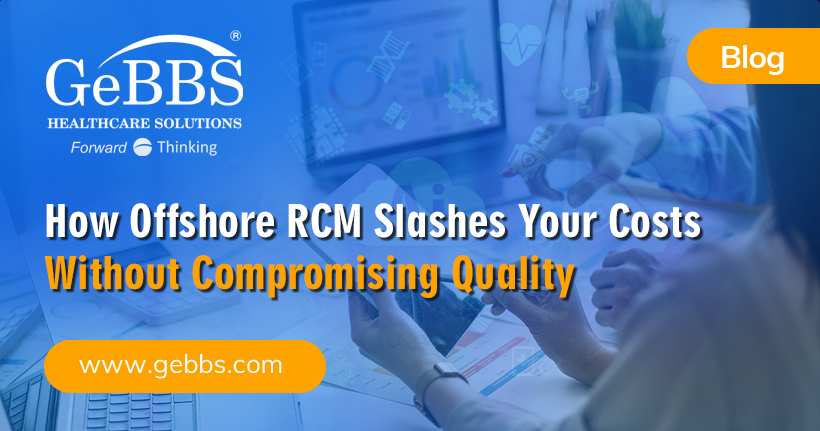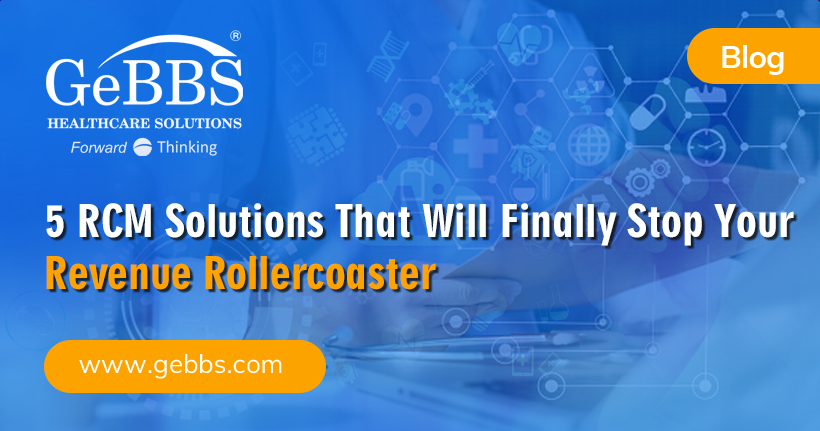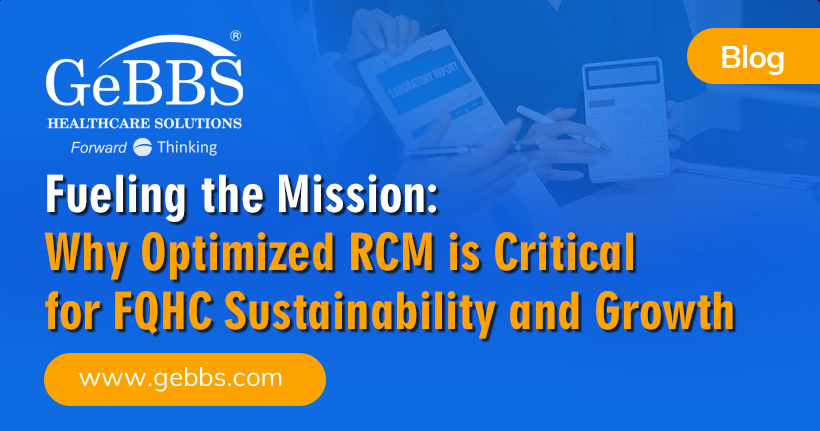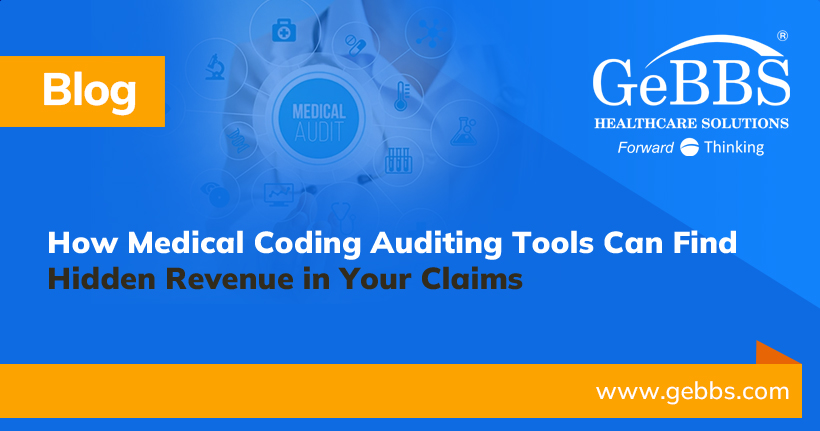“Future shock,” defined in the 1970 book of the same name by technology writer and futurist Alvin Toffler, is “the shattering stress and disorder that we induce in individuals by subjecting them to too much change in too short a time.”
For healthcare providers, the future is now on multiple fronts. And many are experiencing their version of future shock as they explore a change from legacy information-management and accounts-receivable platforms that rely heavily on human input to new artificial intelligence-enhanced systems capable of automating diverse tasks that span the entire patient journey and revenue cycle management.
When planning a system conversion, or the installation of new technology that employs AI and machine learning, it’s crucial to consider the entire journey: From choosing a technology partner and integrating with existing platforms to building a workflow designed for immediate effectiveness and adaptable to future challenges to accommodating fluctuations in staffing needs. A system conversion involves a giant technological leap and a significant change in processes. Still, it offers substantial benefits that range from improved patient access and increased medical coding and billing accuracy to more efficient claims processing and reduced stress on internal staff.
Backed by a comprehensive strategy that allows for inevitable complications, a system conversion or other IT modernization can prepare a healthcare provider for the future without inducing stress and disorder on leadership and their teams and while minimizing downtime and disruption.
Planning a Healthcare System Conversion
For many providers, the upgrade to a modern IT platform arrives at an inopportune time. Healthcare organizations continue to cope with an abiding pandemic, supply chain woes contribute to higher costs, and the widening labor shortage has left remaining staff overworked.
To help bridge the technology gap and fill the void for core AR processes, many providers are turning to business-process outsourcing partners (BOPs). BOPs offer advanced IT solutions backed by scalable human resources teams that specialize in healthcare coding, billing and collections.
Even with a knowledgeable partner, however, leadership must make decisions based on their organization’s particular goals and resources.
A vital early consideration for a technology implementation, or system conversion, is whether to expedite an en-masse data transfer from an existing platform to the new one or establish a future launch date to fulfill current accounts-receivable functions and then enter all information into the new platform beginning on that date. Both approaches can leave holes in a provider’s AR information and processes and require careful thought regarding how data and ongoing claims are transitioned.
Whether you settle on a prompt system conversion and data transfer or a cutoff date for the switch to a new system, you will need to operate both the legacy platform and the new one for a period. Data formats have changed over time and differ between technology solutions, and data conversion to a new system is not as simple as moving files or translating data points.
This will also require staffing deliberations, which I discuss in greater detail below. As the new technology is enacted, it will require a higher level of aid and engagement from human resources to ensure a timely return on investment.
Healthcare System Conversion Challenges
While a system conversion offers immediate opportunities, it takes time for new platforms to move and interpret data and for corresponding processes to align with the new system and its automation capabilities. Even if you’re collaborating with a third-party IT and human resources provider, some internal resources will have to be trained for and utilize dual systems until the conversion is complete and any lingering AR issues are resolved.
Depending on the size of a provider’s in-house team and its partner’s support services, it may be beneficial to partition team members between the old and new systems. This can be done by dedicating one group to working on claims that begin with the new system on an established date and the other group to managing prior claims initiated through the old platform.
Another challenge from the multiple-systems perspective applies to reimbursement reconciliation. For example, if you have new service dates for a patient posted in a new system but outstanding AR data remains in the old system, it can be challenging to identify and correct discrepancies between the accounts.
Again, preparation is instrumental to a system conversion’s success. Planning for possible AR glitches that may contribute to claim denials or processing delays is critical.
Technology Implementation and Human Resources
When strategizing for a major technology upgrade that incorporates artificial intelligence and automation, it’s important to remember that technology — like human beings — has a learning curve. As providers invest in and implement new technology to build a more efficient workflow and improve revenue, they must also continue to invest in human resources as the technology is fully integrated.
Computer-assisted coding is a good example. As the machine learning that enables automated tasks like computer-assisted coding integrates with and parses data from other systems, it will not function initially at its peak capabilities and will require human intervention, though the level of human touch necessary will diminish over time.
During this transition, organizations are financing both technology and an elevated staffing level. One solution to offset the temporary workforce costs and challenges while maintaining — and even amplifying — AR and claims management processes is to partner with a healthcare technology leader who supports their systems with specialized, offshore staffing.
The labor costs for outsourcing human resources are less than filling staffing voids internally or through other piecemeal workforce solutions, who must then be trained on current and new technologies and processes. A reputable technology and staffing partner should be dedicated to healthcare and understand the subtleties of patient, provider and payer interactions.
This offshore staffing partner should keep an organization operating at full speed while its new technology adapts and realizes its promise. This is accomplished through a scalable team of healthcare professionals, including certified medical coders.
As the technology assimilates and new workflows take root, organizations can downsize their external staffing. Though human resources must initially augment new technology, the goal is for the new technology to augment human resources and allow them to improve productivity and patient care.
Anticipating System Conversion Problems
One of the goals of healthcare system conversion is interoperability, which is attained partly through structured patient data. Modern healthcare IT solutions are engineered to standardize and securely store massive amounts of data and to safely share applicable information with providers, payers and other key stakeholders.
Unfortunately, differing data formats and decades of inconsistency mean not everything converts seamlessly and cleanly. Problems will arise during a system conversion, but forecasting them can minimize any adverse impacts.
Clean data, in fact, is one of the most important factors to focus on during a system conversion. So-called “dirty data” is already troublesome and costly for many providers. While new platforms are designed for improved accuracy, consistency and automated checks, they depend on clean data to function efficiently moving forward.
Ensuring clean data entry can be time-consuming, but its benefits will reveal themselves in the long run. Clean data is essential to timely claims processing and reimbursement, electronic medical records compliance, and interoperability harmonization.
Launching a new system with clean data also prevents future data fragmentation. Data fragmentation becomes problematic when a provider tries to link incompatible software that can’t communicate effectively and share necessary information on multiple platforms.
Contemporary healthcare IT solutions make requisite data accessible from a single source. If inaccurate or incomplete data is detected, a fully integrated platform can revise it across all interconnected networks.
System Conversion: A Forward-Thinking Change
Yes, the future is here. And with a sound plan to meet its demands, it is nothing to fear.
Look to the future when developing a strategy for your organization’s system conversion or technology overhaul. Determine your goals for the foreseeable future and how they may affect the implementation of a new system.
Consider cost escalations, supply chain hang-ups and staffing concerns. Assess the processes you can and want to automate.
Finally, work with an experienced, proven partner who concentrates on healthcare technology solutions and understands the nuances of the healthcare revenue cycle. Collaborate with a partner who has achieved measurable results for their clients and can help you evaluate your unique challenges, recognize opportunities, anticipate potential hurdles and achieve your goals.
There may not be such a thing as a perfect system conversion or technology modernization. But with a thought-out strategy and the right partner and technology on your side, there is such a thing as a systematic and thorough transition that brings your organization into the future and prepares it for an even brighter one.
Author Bio
As executive vice president of GeBBS Solutions, Kiran Kumar brings more than 27 years of operations management, business development, and client management experience to his role.
GeBBS Healthcare Solutions: Forward Thinking
GeBBS Healthcare Solutions has earned extensive acclaim for its comprehensive RCM services and advanced healthcare technology incorporating deep AI automation capabilities.
We’re dedicated to providing our clients with confidence and measurable results. GeBBS is proud to be recognized as a Leader by Everest Group’s Revenue Cycle Management Operations, one of Black Book Market Research’s Top 20 RCM Outstanding Services, one of Inc. 5000’s Fastest-Growing Private Companies in the United States, one of Market Research’s Top 20 RCM Outstanding Services and one of Modern Healthcare’s Top 10 Largest Revenue Cycle Management Firms. Connect with GeBBS Healthcare Solutions today at gebbs.com to schedule a consultation and learn how we can help you meet today’s challenges and prepare for those on the horizon.






